Home Canning Mushrooms – Tips For Storing Mushrooms In Jars
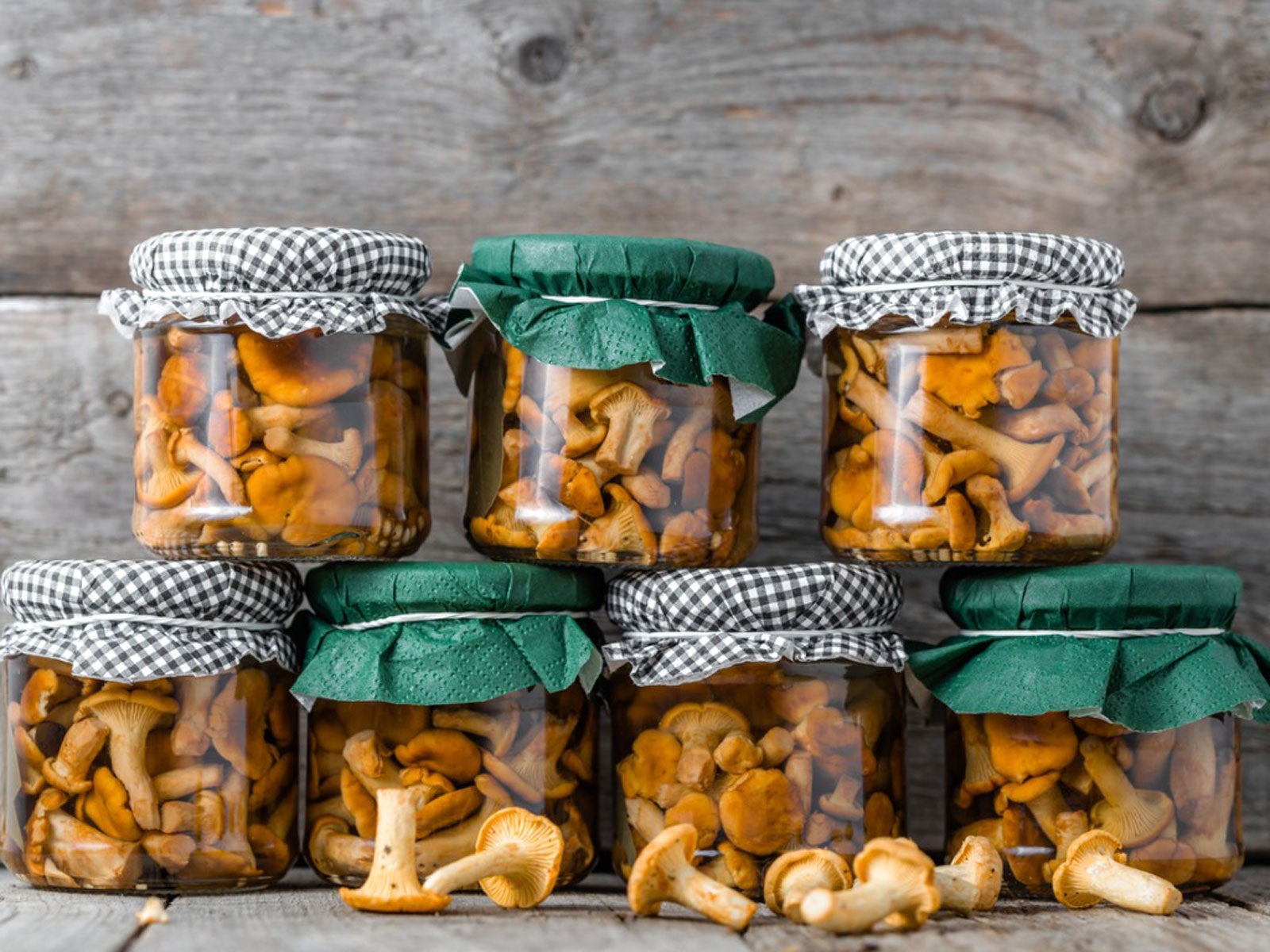

Are you contemplating home canning mushrooms, but are nervous about safety? Worry no more! Canning fresh mushrooms can be safe as long as certain precautions and procedures are followed. Let's explore how to can mushrooms safely.
Tips for Preserving Mushrooms
There are many varieties of mushrooms used for culinary purposes. Some are grown domestically, while others are harvested from the wild. Domestic grown button mushrooms are the only ones recommended for home canning. Other types of mushrooms can be preserved by freezing or dehydrating.
When canning fresh mushrooms, choose ones with unopened caps and no discoloration. Fresh mushrooms have an earthy smell and should feel dry to the touch. Slimy or sticky mushrooms and those which are turning dark are past their prime and shouldn't be canned.
How to Can Mushrooms Safely
Proper canning techniques kill the microorganisms responsible for spoilage and food poisoning. For home canning mushrooms, it's essential to use a pressure canner. Additionally, only use pint or half-pint jars specifically manufactured for home canning. Follow these simple steps for preserving mushrooms at home.
- Thoroughly wash the mushroom by soaking them in cold water for ten minutes. Rinse with clear water.
- Trim the stem end of the mushroom, being sure to remove any discolored portion. Small mushrooms can be left whole. Medium to large ones can be halved, quartered, or sliced.
- Blanch the mushrooms in boiling water for five minutes. Use a slotted spoon to remove the mushrooms from the boiling water. Immediately pack the mushrooms in jars. Be sure to use sterilized canning jars.
- Add salt at a rate of ¼ teaspoon per half pint. Ascorbic acid can be added for better color retention. Use ½ teaspoon of lemon juice, a 500 milligram tablet of vitamin C, or 1/8 teaspoon of ascorbic acid powder.
- Add boiling water to the mushrooms in jars, making sure to leave one inch (2.5 cm.) head space. Remove any air bubbles.
- Use a clean towel to wipe the rim of the jar. Put on the lid, then screw on the band until it's fingertip tight.
- Place the mushrooms in jars into a pressure canner. It's essential to follow all the manufacturer's guidelines when preserving mushrooms.
- Process mushrooms for 45 minutes using the recommended pounds of pressure for your type of pressure cooker and your altitude. (Under 1,000 feet, use 11 pounds for dial-gauge; 10 pounds weight-gauged) For higher altitudes, check with your local extension office for the recommended settings in your area.
- Once the processing period is over, allow the pressure cooker to depressurize before opening the lid. Remove the jars and allow them to thoroughly cool. You will hear pops as the jars seal.
- The following day, check the seals by gently pressing down in the center of each lid. If the metal flexes, the jar didn't seal. Place unsealed jars in the refrigerator and use immediately. Sealed jars can be gently wiped with a damp towel, labeled, and stored in a dark location.
Canning fresh mushrooms is a great way to take advantage of weekly sales at the market or for handling large harvests of homegrown mushrooms. You may even be surprised to discover your mushrooms in jars have a better flavor than those in metal cans!
Gardening tips, videos, info and more delivered right to your inbox!
Sign up for the Gardening Know How newsletter today and receive a free copy of our e-book "How to Grow Delicious Tomatoes".

Laura Miller has been gardening all her life. Holding a degree in Biology, Nutrition, and Agriculture, Laura's area of expertise is vegetables, herbs, and all things edible. She lives in Ohio.
-
 Which Invasive Shrubs Should You Avoid Growing? Plus, Best Natives To Plant Instead
Which Invasive Shrubs Should You Avoid Growing? Plus, Best Natives To Plant InsteadCertain plants may look lovely but they can wreak havoc to local areas and native wildlife. Here are the key invasive shrubs to avoid – with recommendations on gorgeous native alternatives to try
-
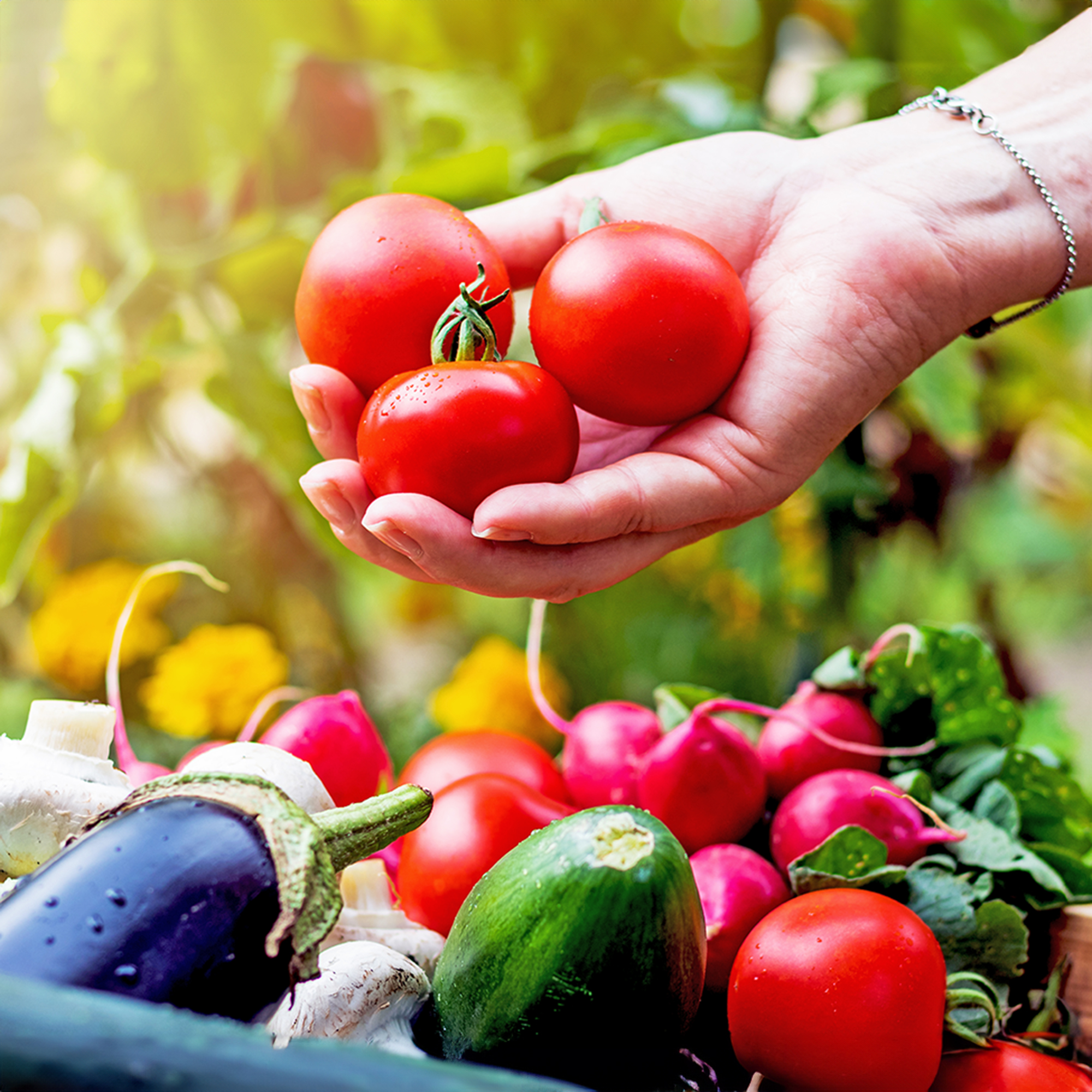 What Not To Plant With Tomatoes: 8 Bad Neighbors That Could Ruin Your Harvest
What Not To Plant With Tomatoes: 8 Bad Neighbors That Could Ruin Your HarvestNot all companion plants are beneficial – some can sabotage your tomatoes. Find out which ones to keep at a safe distance in the garden.
-
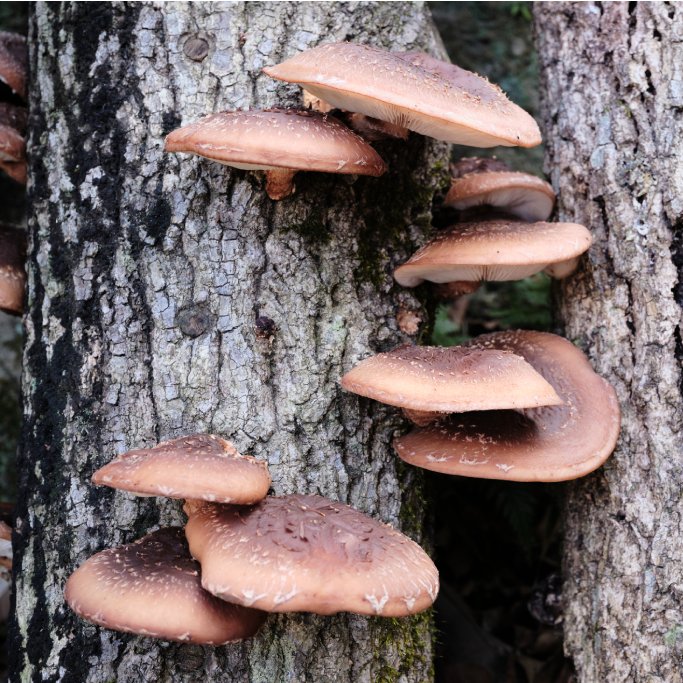 Which Types Of Wood To Use For Growing Fungi
Which Types Of Wood To Use For Growing FungiWondering about the best logs for mushroom plugs? Match the mushroom type to the tree variety for a great crop of delicious mushrooms.
-
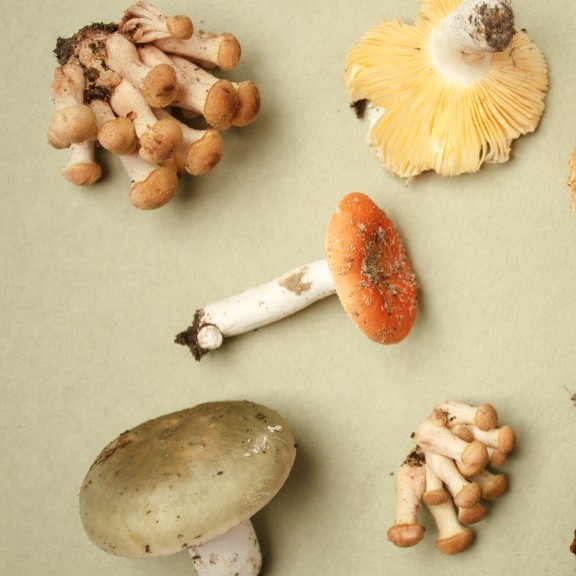 Types Of Edible Mushrooms & Their Poisonous Look-Alikes
Types Of Edible Mushrooms & Their Poisonous Look-AlikesTypes Of Edible Mushrooms & Their Dangerous Doppelgangers
-
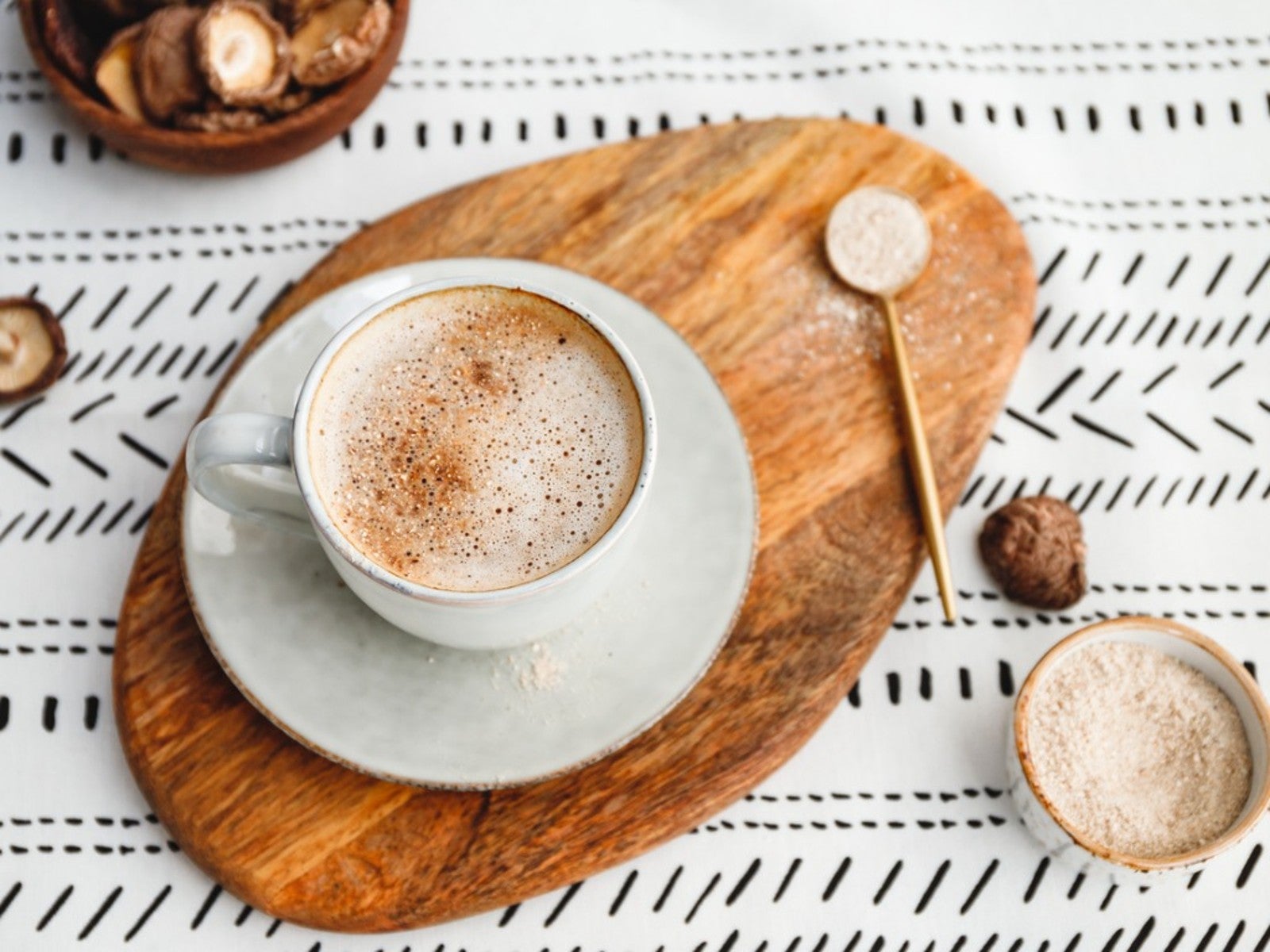 Make Your Own Mushroom Coffee From Homegrown Fungi
Make Your Own Mushroom Coffee From Homegrown FungiWhat is mushroom coffee? Can you make your own mushroom coffee at home? Click here to learn more.
-
 Growing Mushrooms In Coffee Grounds At Home
Growing Mushrooms In Coffee Grounds At HomeLearn how re-using coffee grounds for mushroom substrate is great for the mushrooms and good for the planet.
-
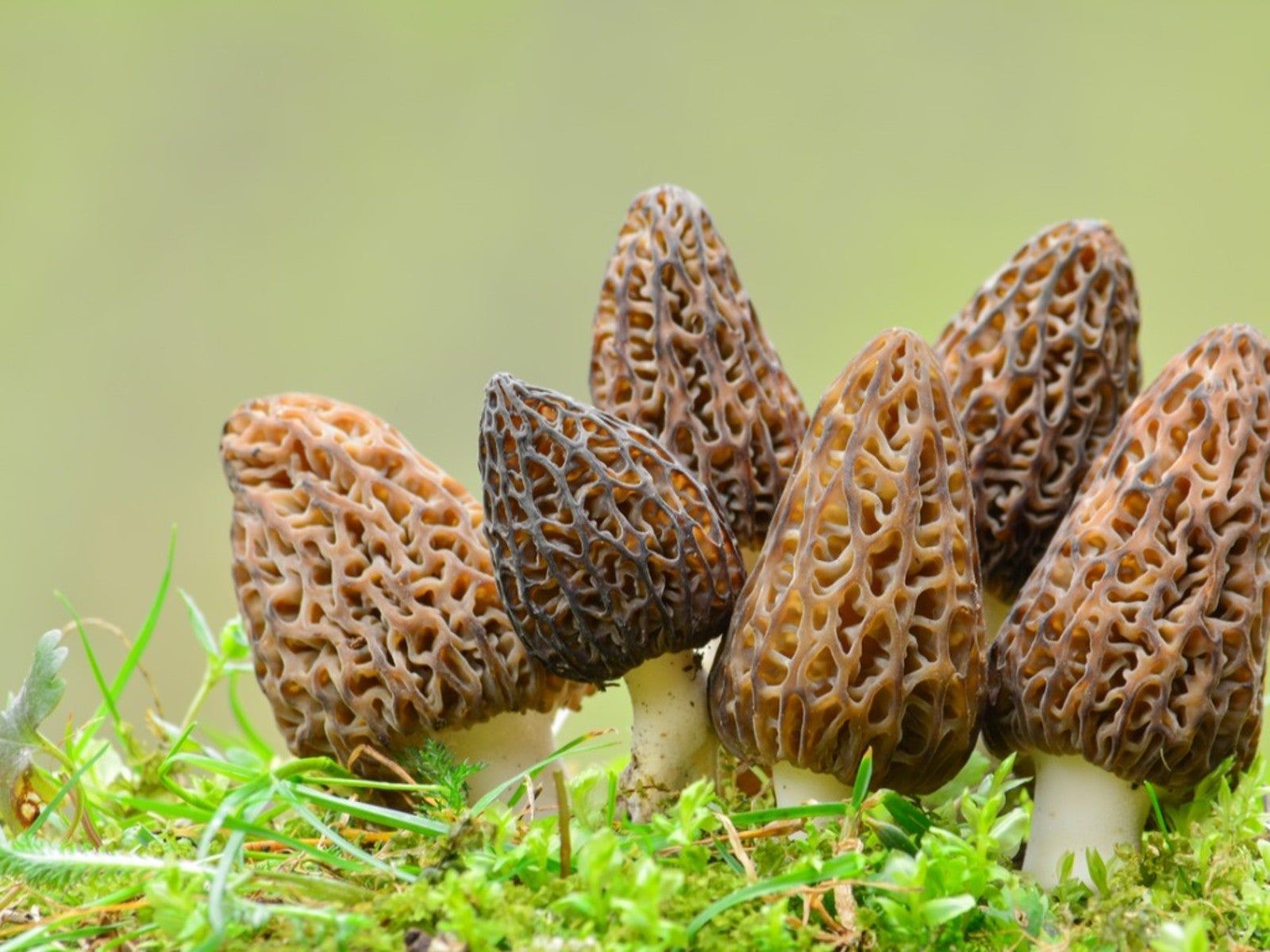 How To Grow Morel Mushrooms: Growing Morel Mushrooms At Home
How To Grow Morel Mushrooms: Growing Morel Mushrooms At HomeMorel mushroom growing conditions are difficult to pinpoint. Some expert tips are necessary on how to grow morel mushrooms.
-
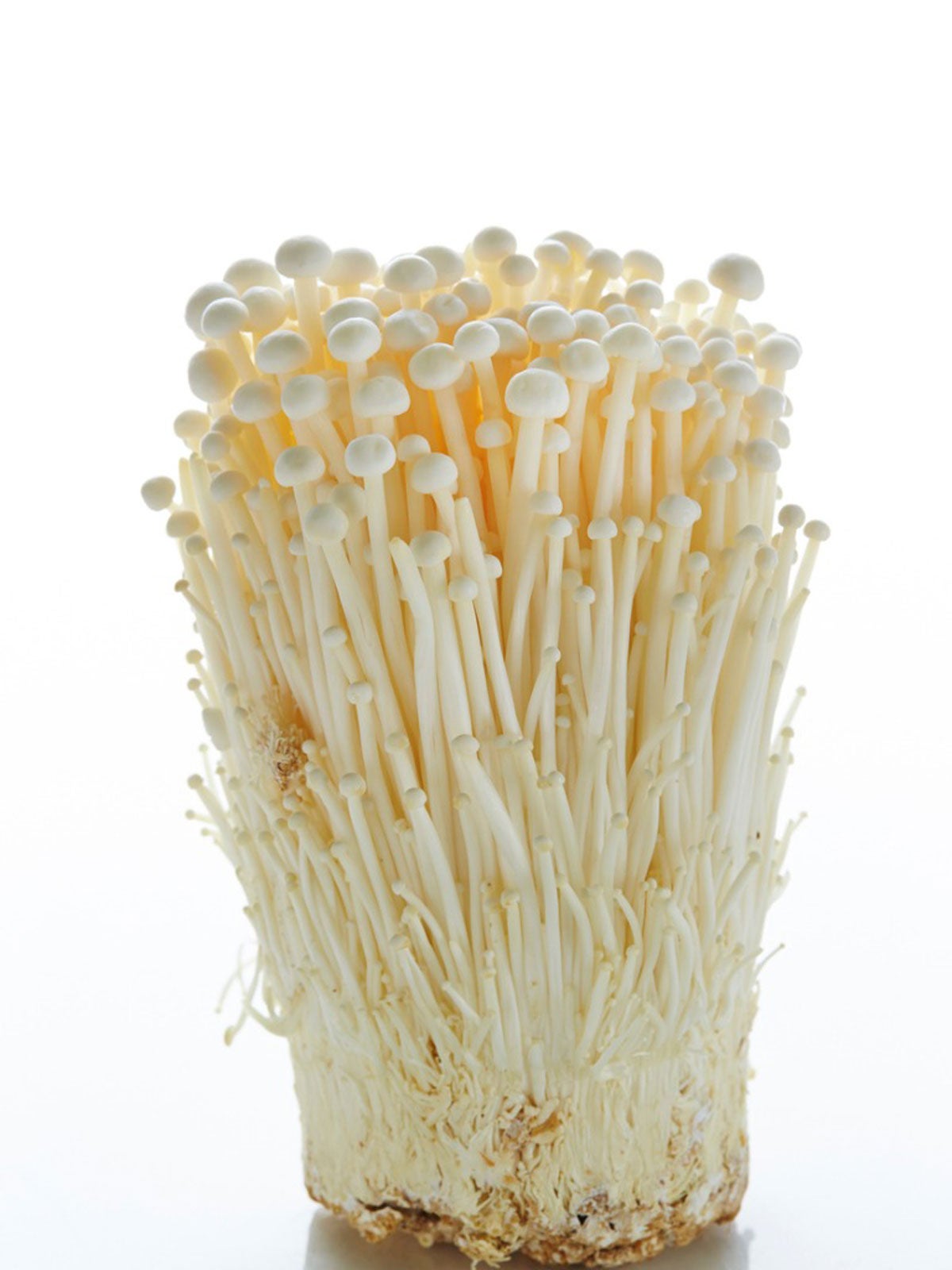 Enoki Mushroom Info – Tips For Growing Enoki Mushrooms Yourself
Enoki Mushroom Info – Tips For Growing Enoki Mushrooms YourselfEnoki mushrooms are very delicate fungi in an almost filament form. They are often the only mushrooms available in winter. If you like eating enoki mushrooms, you might try growing them yourself. Learn more about enoki mushrooms and how to grow them here.
-
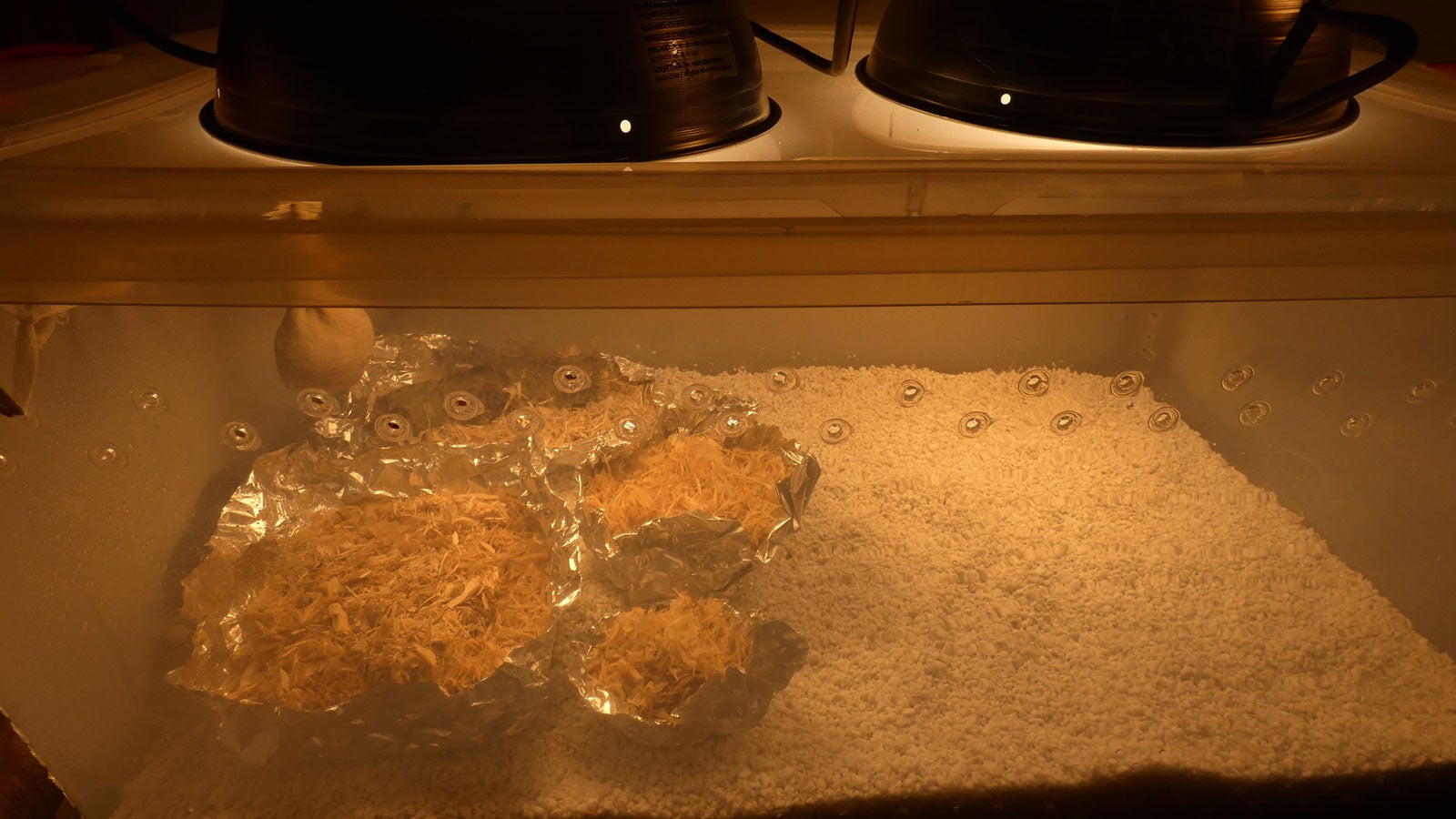 Growing Mushrooms At Home: How To Make A Mushroom Fruiting Chamber
Growing Mushrooms At Home: How To Make A Mushroom Fruiting ChamberSetting up a mushroom fruiting chamber is really the only difficult thing about growing mushrooms at home, and even then, a DIY mushroom house doesn’t have to be complex. To learn how to make your own mushroom fruiting chamber, click the following article.
-
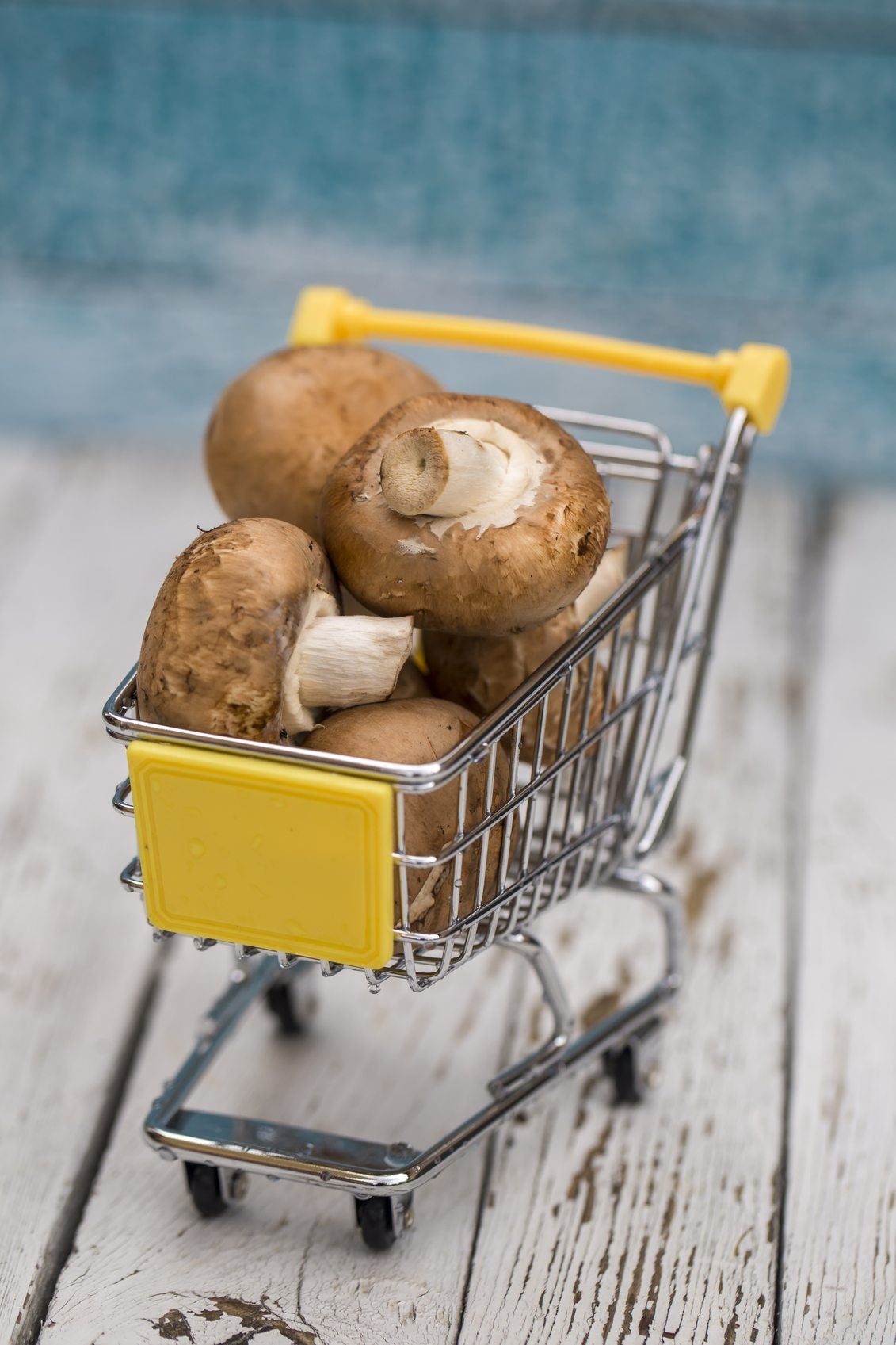 Propagating Store Bought Mushrooms: How To Grow Mushrooms From Ends
Propagating Store Bought Mushrooms: How To Grow Mushrooms From EndsPropagating store bought mushrooms from the ends just requires a good fruiting medium, moisture and the proper growing environment. Click on this article to learn how to grow mushrooms from ends.